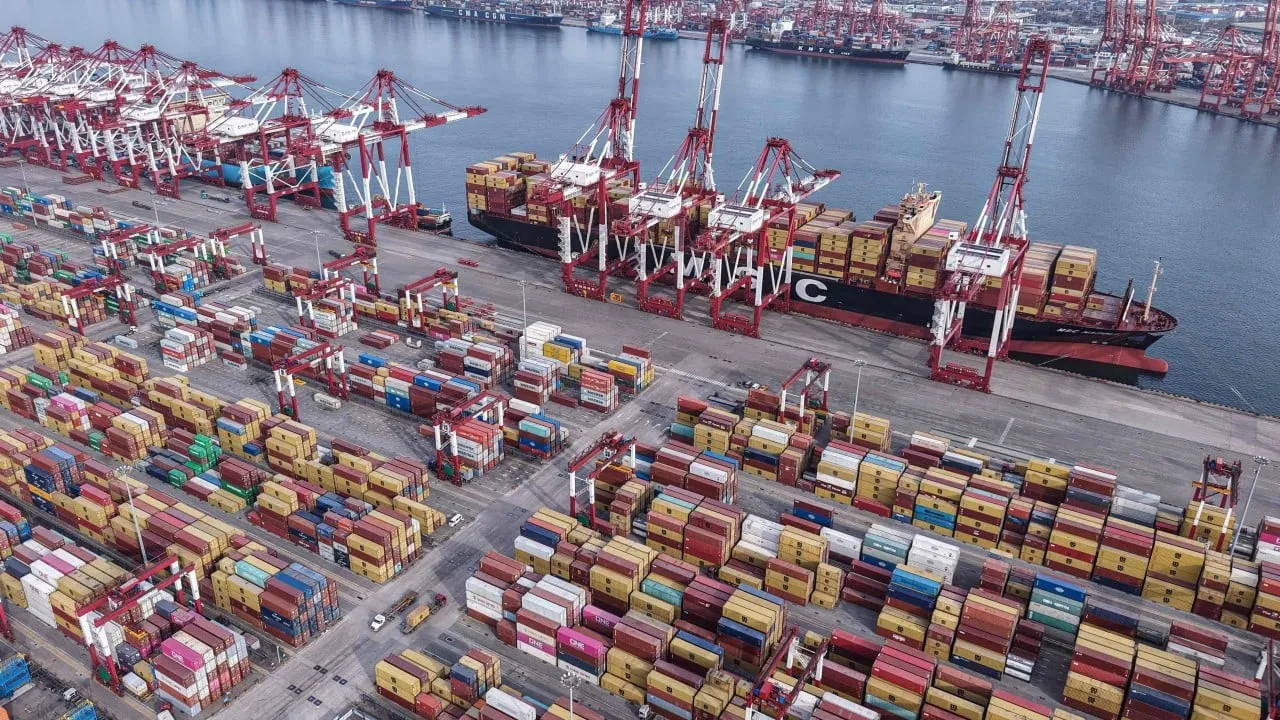Chinese Economy and US Tariffs: The OECD's Alarming Projections

Chinese Economy Under Pressure from US Tariffs
The Chinese economy is bracing for a further slowdown due to new tariffs enforced by US President Donald Trump. According to the latest forecast from the OECD, growth is expected to decline to 4.4 percent by 2026, largely attributable to a significant 20-percentage-point increase in tariffs on Chinese imports. This escalation has incited retaliatory action from Beijing, exacerbating tensions between the US and China.
Impact on Global Trade Dynamics
The OECD cautions that this trade conflict may lead to a series of economic repercussions globally. As tensions rise, concerns grow over a prolonged trade conflict initiating during Trump’s first term. The tariffs have not only hindered growth but raised costs for consumers and disrupted international supply chains.
Projected Economic Ramifications
- China's growth forecast for 2023: 4.8 percent, below the government’s target of around 5 percent.
- Inflation rate projections: Expected to remain low at 0.6 percent by 2025.
- Global GDP growth: Projected to slow down to 3.0 percent by 2026 due to weak demand from China.
The Wider Economic Landscape
Countries heavily reliant on Chinese imports, such as Brazil and Australia, might see declining revenues attributed to reduced Chinese demand. Furthermore, the tariffs may amplify costs across integrated industries like electronics and automobile manufacturing, complicating restoration efforts for global supply chains.
Conclusion: Navigating Through Uncertainty
While the OECD emphasizes the potential economic uplift if US-China relations improve, the current tariff landscape presents a considerable hurdle for both economies and the global market.
This article was prepared using information from open sources in accordance with the principles of Ethical Policy. The editorial team is not responsible for absolute accuracy, as it relies on data from the sources referenced.